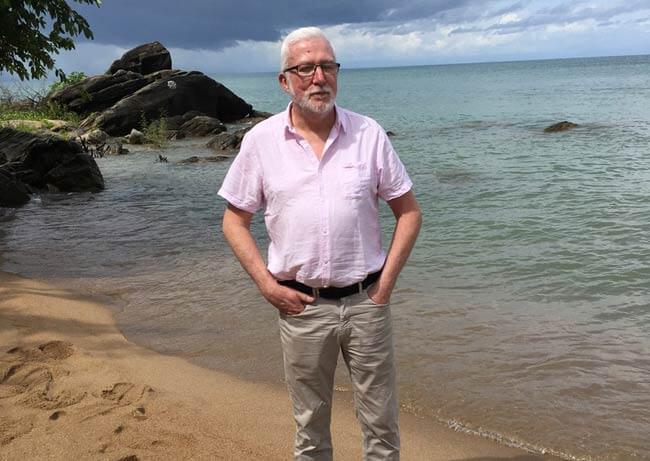
Child protection social workers have to walk a very narrow line between protecting children in their families and protecting them from their families. Well documented scandals have involved the failures of social workers to intervene soon enough, if at all – and failures involving premature or draconian interventions which were subsequently found to be unwarranted. While doctors differ and patients die, there is a public expectation that social workers will protect all of the children all of the time.
It is now socially unacceptable to employ children as chimney sweeps – yet in 1908 it was a splendid solution for cleaning those crusty crevices where adults couldn’t reach.
But social workers do not make these decisions in splendid isolation. Particularly in cases of emotional, physical and sexual abuse, they are made in conjunction with a range of medical, paramedical and nursing professionals who all contribute their particular expertise. When I started in the late 1970s we were working under the old British Children Act 1908 which, even then, was hopelessly out of date. It is now socially unacceptable to employ children as chimney sweeps – yet in 1908 it was a splendid solution for cleaning those crusty crevices where adults couldn’t reach.
In its day the Children Act was hailed as the Children’s Charter because it amounted to a bill of rights for children. But over the years certain provisions became largely defunct, such as exposure to burning, cleansing of verminous children, or the taking of pawns from persons under the age of fourteen. Yet I managed to fall foul of the section disallowing children to be present in brothels. While on holiday in Canada my wife entrusted me with sole responsibility of our children for one night while she fulfilled a social engagement elsewhere. For dinner I brought them to the Hot and Spicy Emporium, mistaking a strip club for a Chinese restaurant.
From the mid-seventies to the early eighties non-accidental injury to children was a preoccupation for those of us working in child protection. We searched it out like hounds let loose, even though the prevalence was low. When I started, about 200 cases of non-accidental injury were reported nationally per year. Nowadays the Child and Family Agency receives around 5,000 referrals per month.
The first guidance, provided by the Department of Health, was the Memorandum on Non-Accidental Injury (NAI) to Children in 1977. It was medically focused with an emphasis on clinical identification. Responsibility was given to health boards to co-ordinate notifications of NAI and, within health boards the responsibility fell to the Director of Community Care, who had to be a medical doctor. The rest of us were told in the guidance that where our suspicions were aroused we should get the child to a doctor for examination as soon as possible. Because doctor knows best.
It was into the 1980s before there was any appreciation, or even awareness, of child sexual abuse. I managed to sail through my training, and the first few years as a child protection social worker, before the subject was even whispered. My introduction came when I was preparing two sisters to return home after several years in care. The case was new to me but nowhere in the file, or any of the preparatory meetings, was there even a hint of sexual abuse. Eventually a more experienced colleague leaned over to me and said in a hushed voice: “Just so you know, there was a bit of incest in that family at one stage.”
Today, the uncharted territory I set out upon long ago is mapped out by a plethora of policy and procedure, patrolled by regulators and monitored by the media. Child protection services are being shoehorned into measurable concepts such as inputs, outputs and key performance indicators. Instead of focusing on the quality of practice there is an obsession with administrative accountability – which is the manifestation of widget counting. Recently I came across a cartoon by Fran, the business cartoonist. It depicts a huddle of stressed-out managers, at a flip chart. On the chart there are references to strategic targets, management, monitoring, budget reconciliation and refocusing. Then one manager turns to the others and says:” What do you think about forgetting the whole thing and just going back to trying to help people a bit?”.
Paul Harrison is an Independent Children’s Services and Social Work Advisor, a former Director of Policy & Strategy with Tusla and author of Hanged If You Do – Reflections from a career in child protection.

